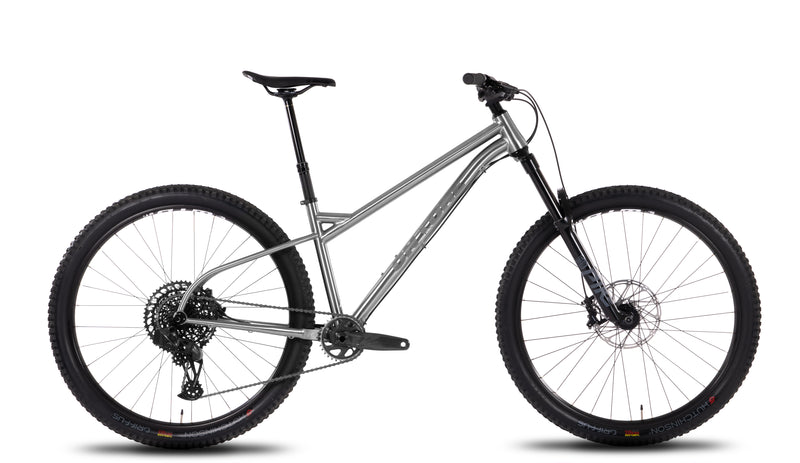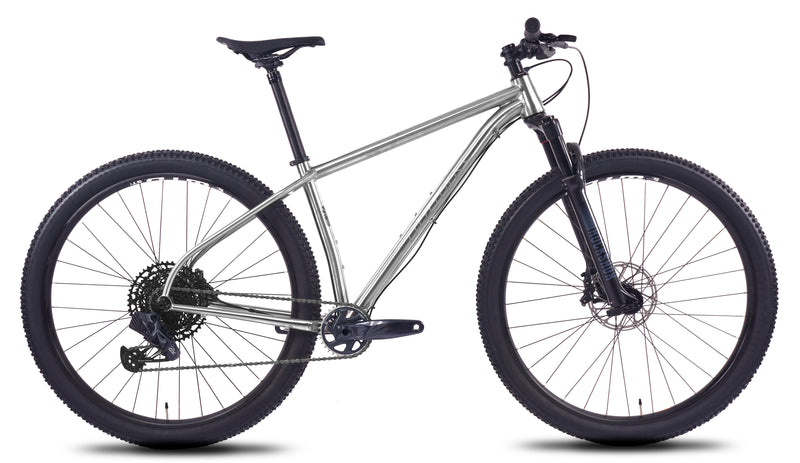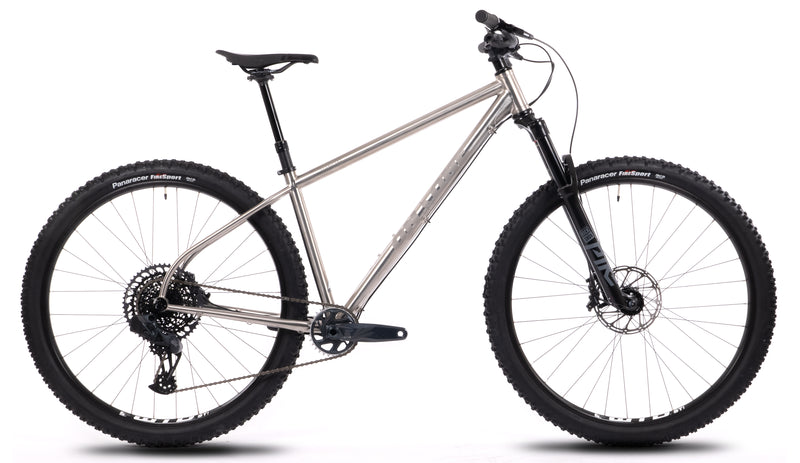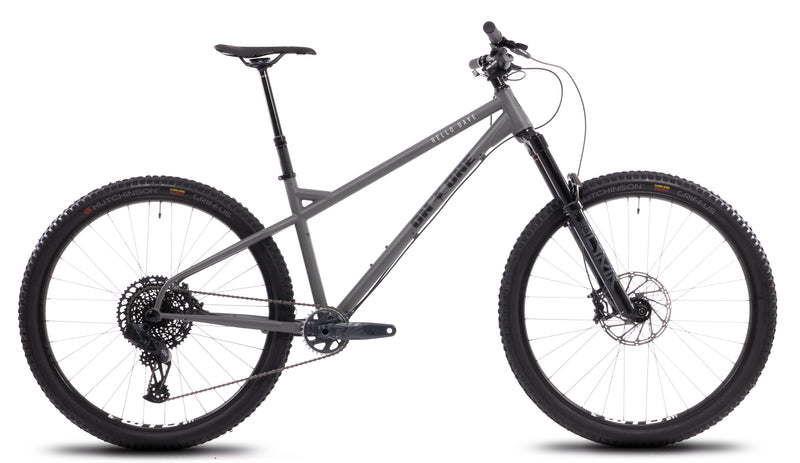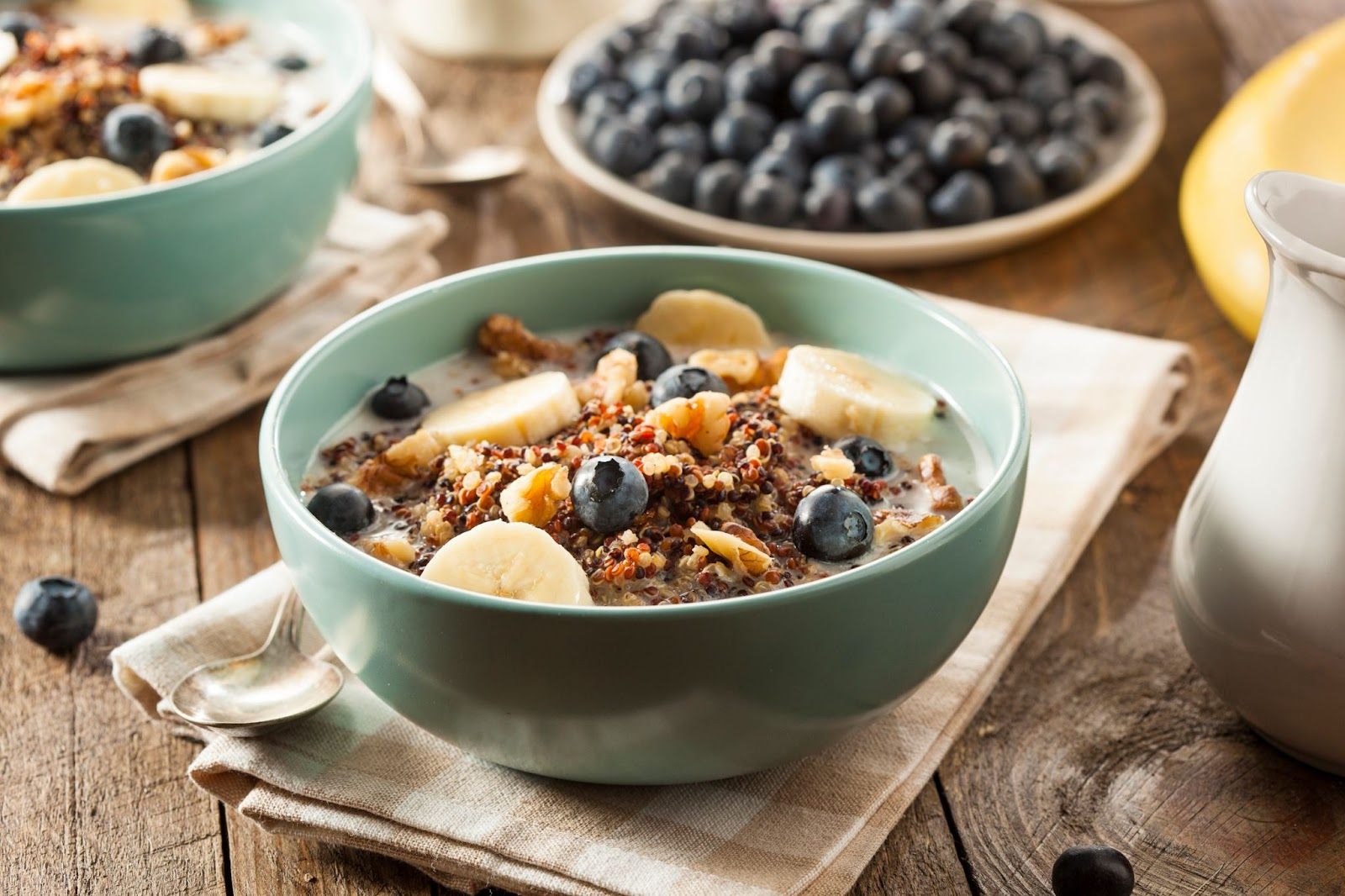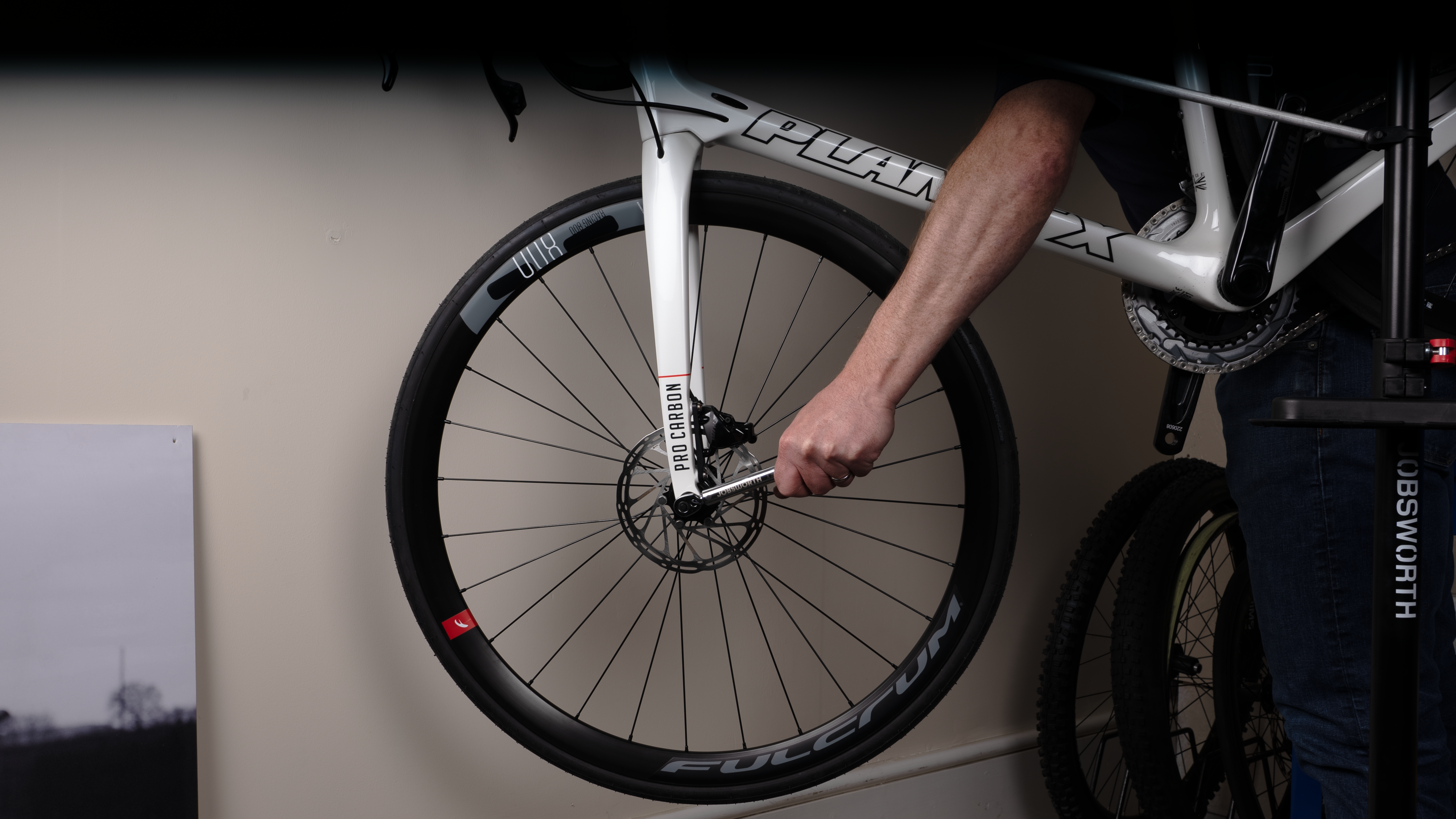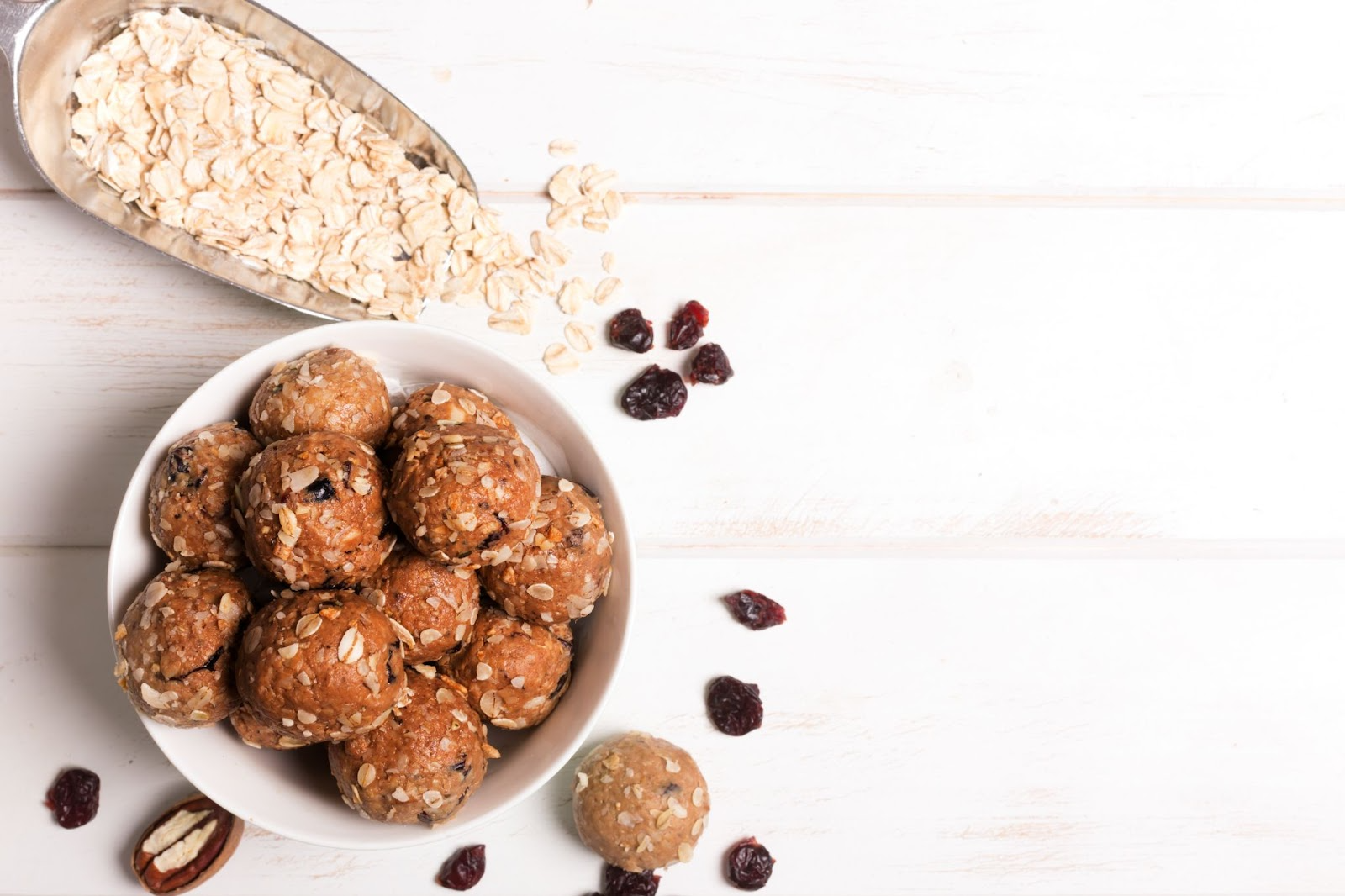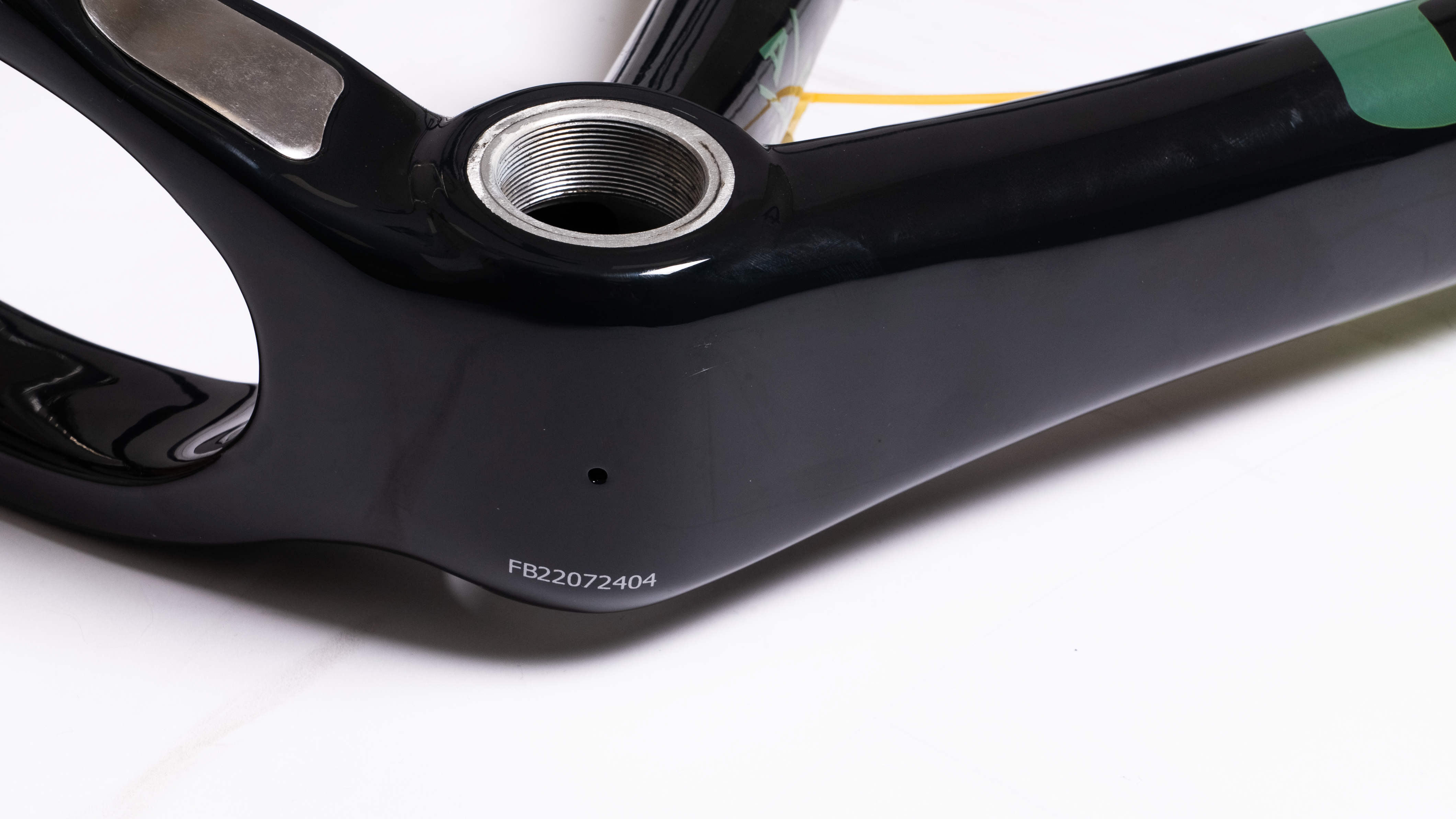How to get fit cycling
24 January 2023
Although we stay for the enjoyment, the social connections and the exhilaration that cycling brings us, many of us start cycling for the health benefits. Whether you’re considering getting started with the cycle to work scheme or you simply want to get out of the house in a fun and exciting new way, cycling is a brilliant opportunity to enjoy yourself while boosting your fitness.
But how exactly does cycling impact your health?
How does cycling improve fitness?
It’s a well known fact that regular exercise is very good for your health, helping to prevent any number of diseases and conditions from strokes and heart attacks to mental illness and arthritis. Cycling is a popular way of getting that exercise for a number of reasons, including:
-It’s low impact - if you find exercises like running too painful on your joints, cycling is a low impact alternative that may be more suitable for you.
-It’s easy to fit into your schedule - incorporate cycling into your existing routine by cycling to work, to the shops or wherever you usually go.
-It means you don’t have to search for a parking space - and just think of all the money you could save if you don’t have to use the pay and display.
-It’s versatile - cycling can be done virtually anywhere, so you don’t have to restrict yourself to the same old backdrop at your gym or be limited by opening times.
Compared to other forms of exercise, cycling can be very engaging and involve lots of variety. You get to choose where you go, when you cycle and how far you go - and you can even make a holiday of it by going on a bikepacking adventure.
Here are some of the health benefits cyclists enjoy:
-Increased stamina and strength
-All-round muscle workout
-Increased cardiovascular fitness
-Improved joint mobility
-Reduced stress
-Improved coordination and posture
-Stronger bones
-Lower body fat levels
Let’s take a look at some of those benefits in more detail.
Does cycling improve cardiovascular endurance?
Cardiovascular endurance refers to how well your body can supply blood and oxygen to your muscles over a period of sustained exercise. In simpler terms, it means how long you can go without having to stop or slow down when doing aerobic exercise such as cycling. The heart is a muscle, and like other muscles it needs practice to get used to taking on bigger and bigger loads. You can’t just lift a heavy weight without building up to it with smaller weights first, and the same goes for cardiovascular endurance. The key to improving it is to increase your workout lengths gradually over time.
So how can cycling help this? Well, the good thing about cycling is that you choose how far you go. Unlike resistance training which requires different equipment for different weights and levels of intensity, if you want to increase your cycling intensity you just have to pedal harder and go further. Start small at first and gradually increase the lengths of your rides to increase your cardiovascular endurance levels and, in a nutshell, get fitter.
Does cycling improve leg muscles?
Your legs are the driving force that powers your bike. It’s only natural that this leads to improved leg strength and endurance, allowing you to go further and faster on your next ride.
It’s important to note that different types of riding lead to different fitness effects. Doing short, vigorous sprints all the time will help you to build muscle mass, whereas longer, distance-focused riding will help with building your endurance levels. If you’re not sure which you need to do more of, it’s a good idea to begin with a mixture of both. You can also try to take note of which areas you find difficult. If steep but short hills are a problem, then sprinting may help. Alternatively, if you find it difficult to maintain the power needed to get up a longer, shallower hill, you should work on your endurance.
It’s also important to remember that the effects of cycling don’t only help you when you’re in the saddle. Increasing your leg muscle mass and endurance will help you with walking or hiking, running, jogging, swimming and other activities that use your leg muscles.
Does cycling improve core strength?
One of the best things about cycling compared to other forms of exercise is that it works out your whole body at once. Although it might seem like your legs are doing all the work, your core is also highly involved, particularly with helping you to keep your balance on the bike. While cycling isn’t as intense a core exercise as crunches or planks are, it does contribute to your overall core strength.
In fact, core strength becomes more important the more intense your ride is. Mountain bikers in particular rely on the balance and stability a strong core gives. Uneven or rough terrain makes for a more challenging core workout than a smooth road ride, so it’s a good idea to try and build up your strength a bit before tackling the toughest off-road trails. As always, it’s best to build up to big challenges by taking on smaller ones on the way and gradually increasing your ride intensity.
As we’ve demonstrated above, cycling has a wealth of benefits for your health and fitness that make it a great sport for you and all your family and friends. So what are you waiting for? Get out on your bike now and start reaping the rewards!

